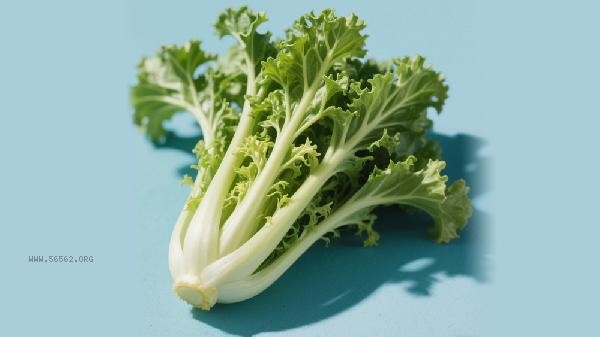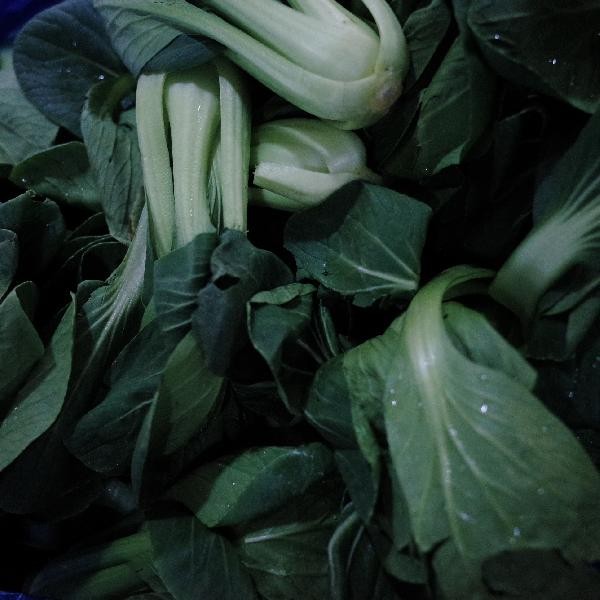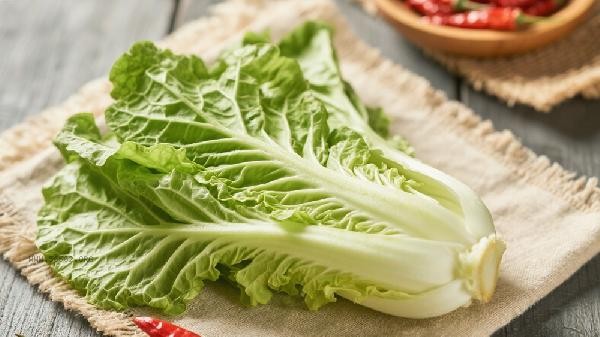The bitterness of mustard greens is mainly related to variety characteristics, growth environment, storage methods, cooking techniques, and individual taste differences. Mustard itself contains glucosinolates, which can decompose and produce a bitter taste under specific conditions.

1. Variety Characteristics
Some mustard varieties naturally contain high concentrations of glucosinolates, which can be hydrolyzed by enzymes during chewing or cutting to produce isothiocyanate compounds, resulting in a distinct bitter taste. For example, in some regions, mustard greens of certain varieties are bred to increase the content of these components in order to enhance their insect resistance.
2. Growing Environment
Mustard bumps grown in arid, water deficient, or poor soil conditions will actively accumulate more secondary metabolites to resist adversity. Under high temperature and strong light conditions, the synthesis of phenolic compounds in plants increases, which may lead to an increase in the concentration of bitter substances.
3. Storage Method
After harvesting, prolonged exposure to high temperatures can accelerate the enzymatic hydrolysis reaction of glucosinolates in mustard greens. When tissue frostbite occurs due to improper refrigeration, the release of myrosinase from cell rupture may come into contact with substrates, resulting in excessive production of irritating and bitter isothiocyanates.

4. Cooking method
When directly stir fried at high temperature or blanched for insufficient time, the bitter substances in mustard cannot be fully degraded. In traditional pickling techniques, if the salt concentration is not sufficient or the fermentation time is short, proteases cannot effectively decompose bitter precursor substances and will still retain a significant bitter taste.
5. Taste Differences
Some populations have high sensitivity to the TAS2R38 bitter taste receptor gene and low perception thresholds for sulfur-containing substances such as propanethiol. Children and pregnant women may have a stronger reaction to the trace bitter components in mustard greens due to changes in taste.

To alleviate the bitterness of mustard greens, the following methods can be tried: choose white skinned or light green varieties, which usually have lower glucosinolate content; Soak in salt water or blanch in boiling water before cooking to promote the dissolution of bitter substances; Cooking with oil and fat, the fat soluble dissolves some bitter ingredients; Using lactic acid bacteria for pickling and fermentation, converting glucosinolates into flavor compounds. Be aware that mustard greens with excessive bitterness or abnormal odor may have gone bad and should be avoided from consumption. Moderate intake of sulfur-containing vegetables in daily diet can help with antioxidant activity, but it is necessary to control the intake for patients with thyroid diseases.








Comments (0)
Leave a Comment
No comments yet
Be the first to share your thoughts!